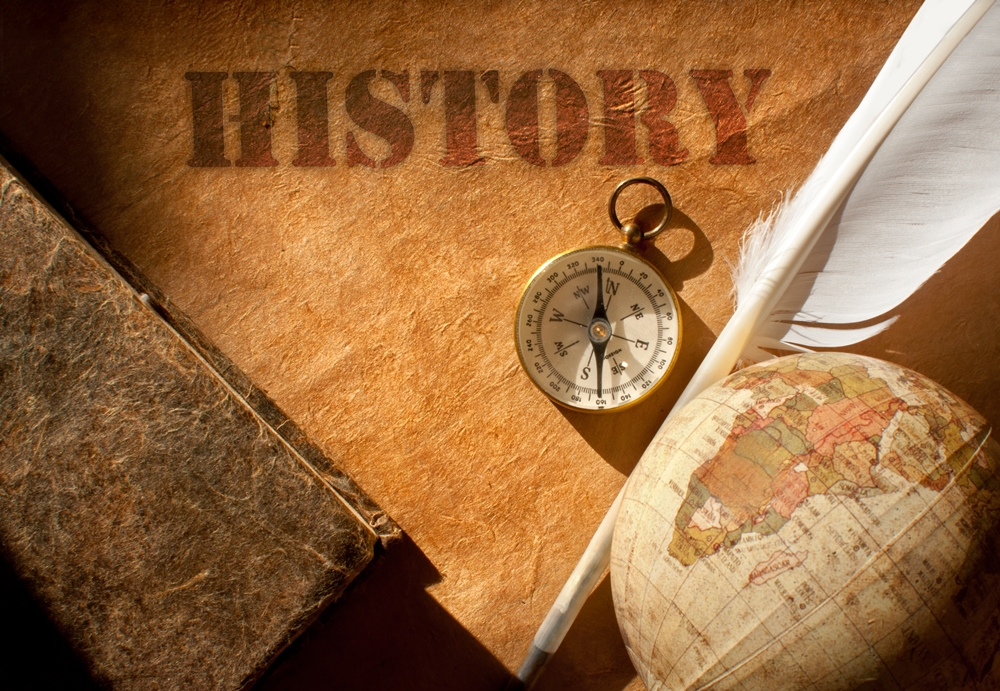
Bleach is a common household product with a rich history that spans centuries. From its initial discovery to its various modern-day applications, bleach has played a significant role in cleaning and disinfection. This post traces the evolution of bleach, exploring how it has become an indispensable tool in both households and industries.
Early civilizations used natural substances like sunlight and ash to whiten fabrics.
In 1774, Swedish chemist Carl Wilhelm Scheele discovered chlorine, a key component of bleach.
In the late 18th century, French chemist Claude Berthollet developed a solution of chlorine and water, marking the first use of chemical bleach.

The 19th century saw the mass production of bleach, making it more accessible to households.
Sodium hypochlorite, the active ingredient in household bleach, was first produced in 1820.
Developments in the production process made bleach safer for domestic use.
By the mid-20th century, bleach had become a household staple for cleaning and disinfecting.
In recent decades, concerns about environmental impact have led to more sustainable production methods.
Today, bleach is used in various industries, including healthcare, water treatment, and food processing.
Bleach is widely used to disinfect surfaces, whiten fabrics, and eliminate mold.
Hospitals and clinics use bleach solutions to disinfect equipment and surfaces.
Bleach is essential in treating drinking water to eliminate harmful pathogens.
In food processing, bleach is used to sanitize equipment and surfaces to ensure food safety.
The history of bleach is a testament to human ingenuity and our quest for cleanliness. From ancient methods to modern innovations, bleach has evolved to become a vital tool in maintaining hygiene and safety. Understanding its history and applications helps us appreciate its value in our daily lives and various industries.
© Kick Bleach. All Rights Reserved.
Designed by EdgeMark Media Africa